In a significant development for millions of Americans, a federal judge has recently cleared the way for a student debt relief plan to move forward. This decision offers a glimmer of hope for over 25 million borrowers, positioning the initiative as a potential “backdoor stimulus,” similar to past pandemic relief efforts.
Pandemic-Era Stimulus: A Lifeline for Many
This Article Includes [hide]
In response to the economic crisis caused by the COVID-19 pandemic, the U.S. government implemented multiple rounds of stimulus payments. These payments, totaling over $930 billion, were crucial in helping individuals and families navigate the financial challenges of the time. Alongside these payments, enhanced unemployment benefits and small business loans formed a broader economic safety net.
The pandemic-era financial assistance helped millions cover essential expenses like rent, groceries, and medical bills, especially during times of widespread job losses and uncertainty. The government’s efforts were essential in maintaining economic stability and supporting household financial health.
Student Loan Forgiveness: The Next Financial Lifeline?
Now, a new form of financial relief is on the horizon, with the potential forgiveness of student loan debt offering another layer of economic support. More than 25 million Americans stand to benefit from this initiative, which could provide long-awaited financial relief, particularly for those burdened with years of loan repayment.
The Road to Debt Forgiveness
The journey toward student loan forgiveness has been fraught with challenges. Since President Joe Biden’s inauguration in 2021, there has been anticipation surrounding some form of relief for student borrowers. Yet, legal hurdles have repeatedly stalled these efforts. Numerous lawsuits brought forward by states claimed that the plan could cause harm, leading to delays and temporary halts in the program’s progress.
Despite these setbacks, the Biden administration has remained committed to exploring alternative legal strategies to make student loan forgiveness a reality. Their persistence has led to a pivotal moment in the ongoing legal battle.
A Turning Point: Judge Hall’s Decision
In early October 2024, U.S. District Judge J. Randal Hall, from the Southern District of Georgia, made a key ruling. Judge Hall allowed a restraining order, which had previously paused the debt relief plan, to lapse. This decision has effectively paved the way for the initiative to proceed, much to the relief of those eagerly awaiting debt cancellation.
This ruling came after Georgia, one of the states challenging the program, failed to provide sufficient evidence to prove that the plan would cause harm. Judge Hall’s determination that Georgia was not the appropriate venue for the legal dispute also played a role in the outcome, further clearing the path for the plan to move forward.
The Evolution of Biden’s Debt Relief Strategy
The original student debt relief plan, as proposed by President Biden, sought to forgive up to $20,000 in student loans for nearly 40 million Americans. This ambitious proposal aimed to alleviate a significant portion of the financial strain many borrowers faced.
However, legal challenges forced revisions to the original plan, culminating in the introduction of a new strategy last April. Although scaled back, this revised plan remained focused on providing meaningful financial relief. Now, with the restraining order lifted, the latest version of the plan is poised to make a substantial impact on the lives of millions of Americans.
A Path to Economic Recovery
With student loan forgiveness back on track, this initiative could mirror the effects of the pandemic-era stimulus in giving Americans the financial breathing room they need. By eliminating or reducing loan obligations, borrowers may have the opportunity to refocus their financial priorities, leading to broader economic benefits as consumer spending and saving patterns shift.
As the plan progresses, it remains to be seen how swiftly it will be implemented and how it will ultimately impact the broader economy. However, for the millions of Americans with student debt, this development marks a hopeful step toward long-awaited financial relief.

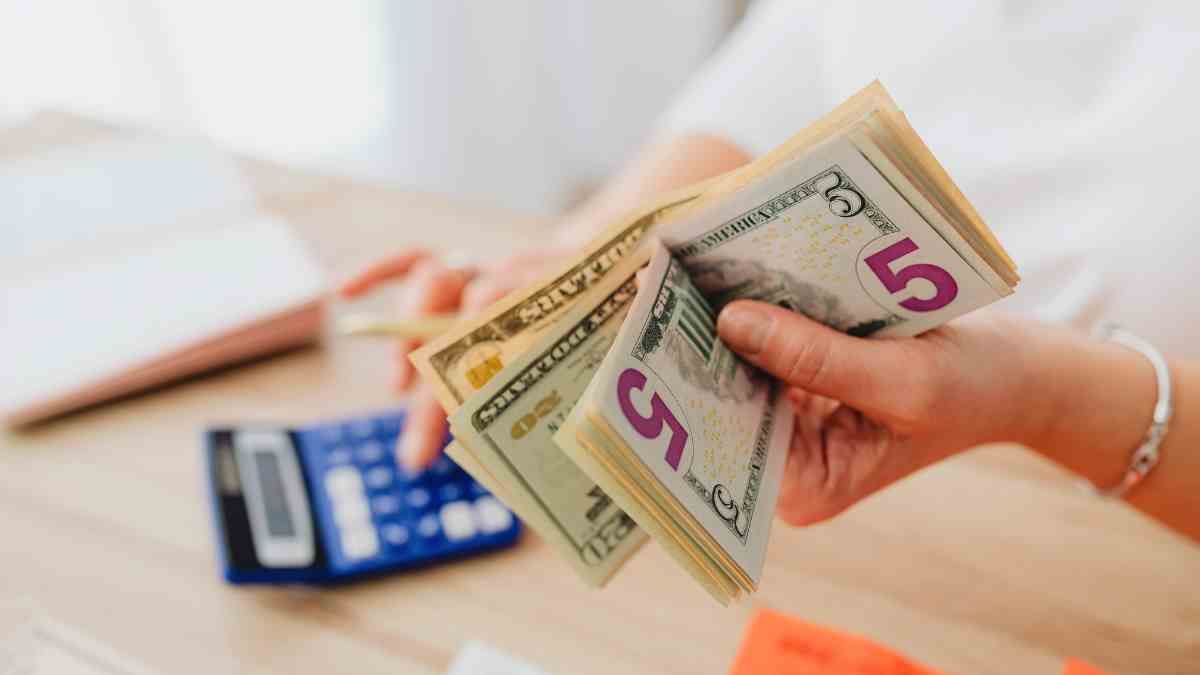

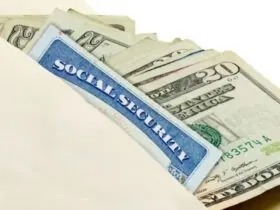
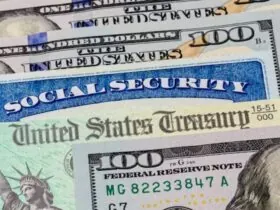
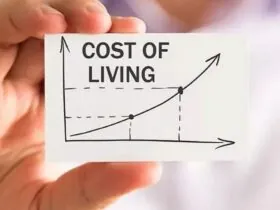
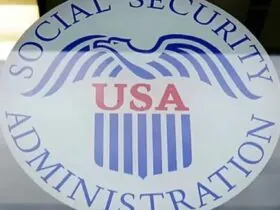
Leave a Reply